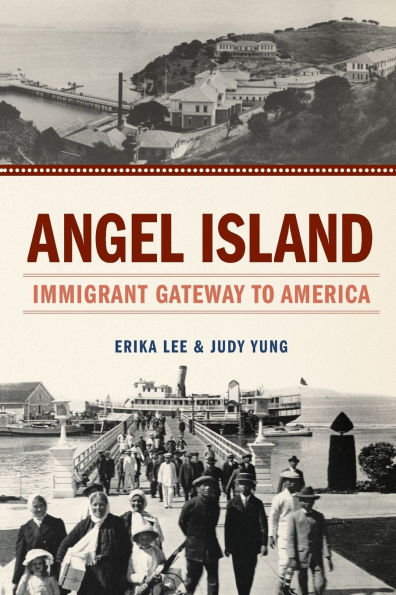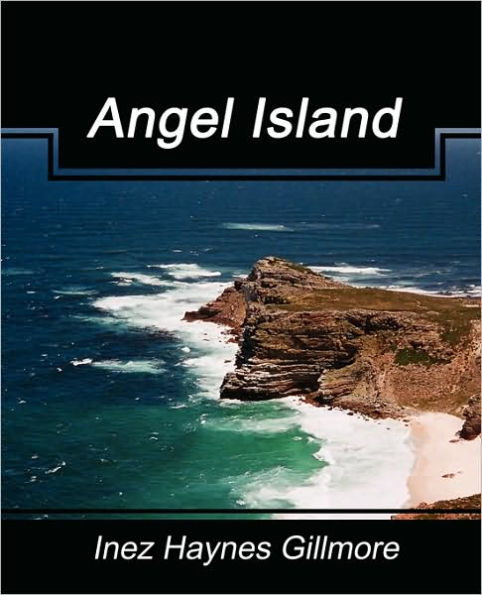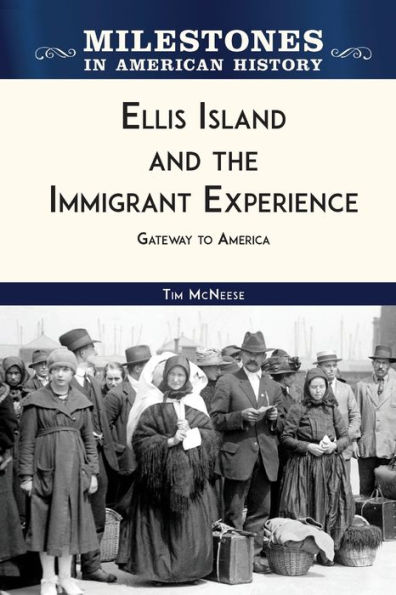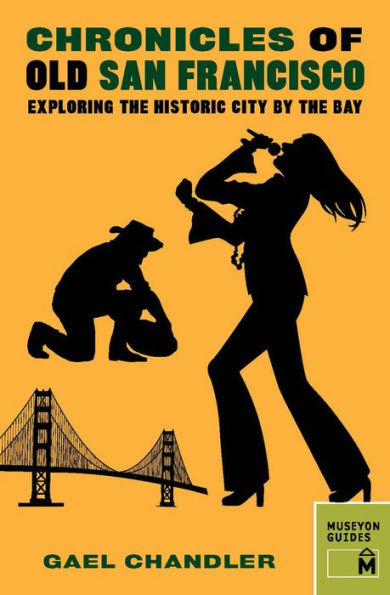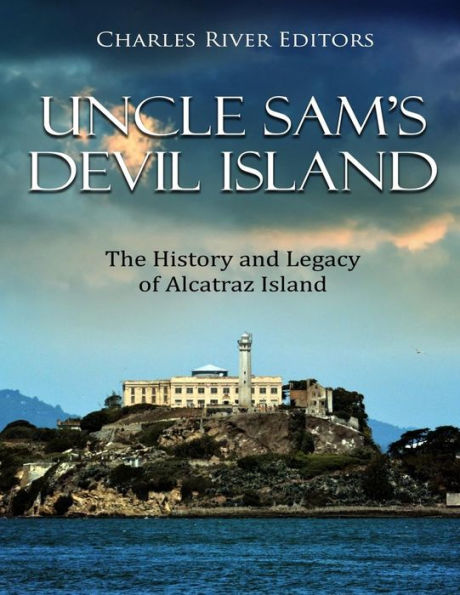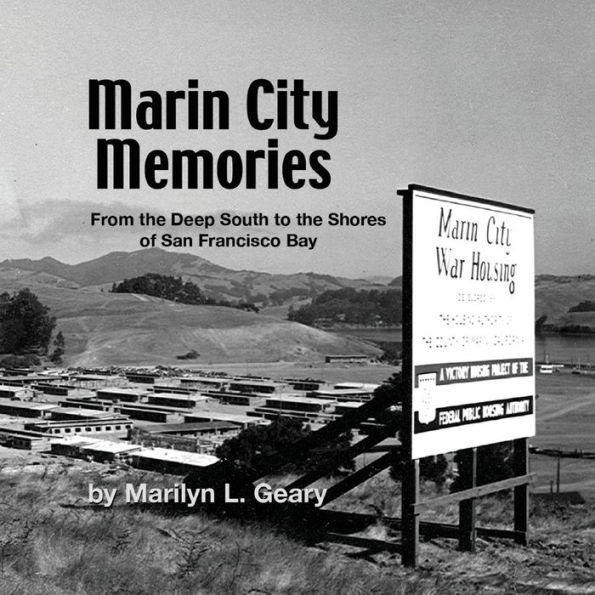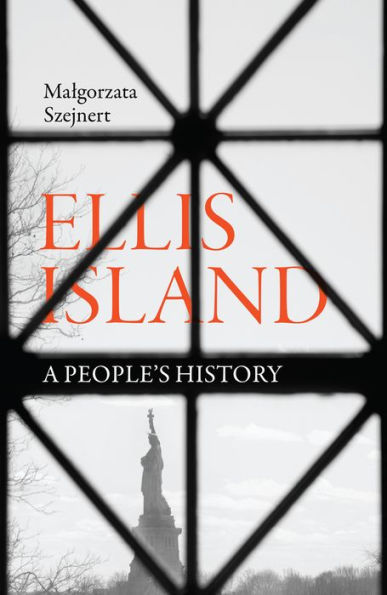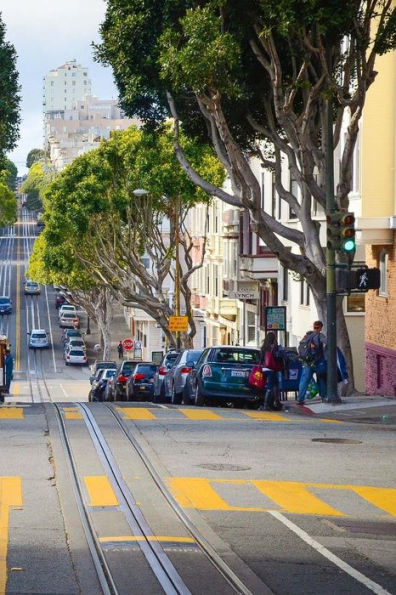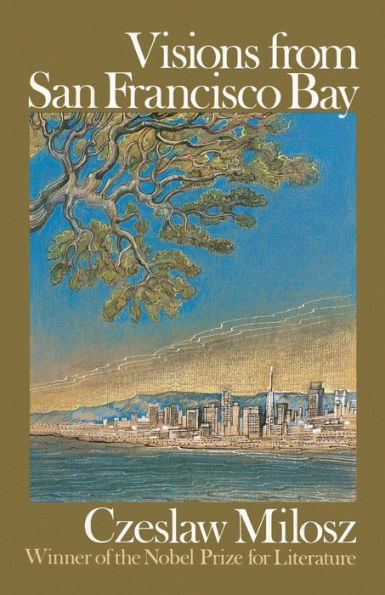Home
Angel Island: the History and Legacy of Immigration Center San Francisco Bay


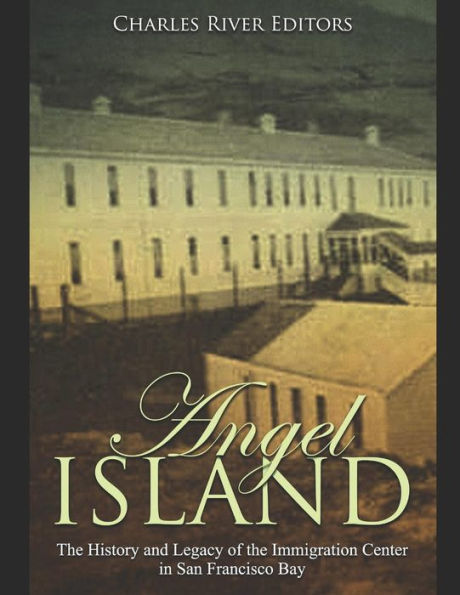
Angel Island: the History and Legacy of Immigration Center San Francisco Bay
Current price: $6.95
Loading Inventory...
Size: Audiobook
*Includes pictures
*Includes accounts
*Includes online resources and a bibliography for further reading
"The boat was launched and I set out to search for better anchorage for the ship. I went out toward the island I named de los Angeles [Angel Island], which is the largest in this harbor, in search of proper moorings for making water and wood; and though I found some good ones, I rather preferred to pass onward in search of another island, which when I reached it proved so arid and steep there was not even a boat-harbor there; I named this island La Isla de los Alcatraces [Island of the Pelicans] because of their being so plentiful there." - Juan Manuel de Ayala, 1775
Angel Island, the largest island in San Francisco Bay at about 740 acres, was originally named when Don Juan Manuel Ayala sailed into San Francisco Bay. Supposedly, the island was named "Angel" because the land mass appeared to him as an angel guarding the bay, and when Ayala made a map of the Bay, on it he marked Angel Island as, "Isla de Los Angeles." This would remain the island's name ever since, even as the use of the island would certainly change over time.
The island is currently a large state park with beautiful views of the San Francisco Bay and skyline, but the most noteworthy part of the park is the immigration museum. That site is what makes Angel Island so famous today, as it remains best known for being the entry point for Asian immigrants to the United States from 1910-1940. There is no way to know for sure how many people actually passed through Angel Island because of the destruction of most of the historical documentation in a fire, but historians estimate that it was between 100,000 and 500,000 people.
Angel Island is often referred to the Ellis Island of the West, but many argue that they are extremely different in their preservation of immigrant histories. For one, Angel Island took much longer to preserve, and the preservation of Ellis Island focuses on the positive reception of European immigrants on the East Coast, which plays well to corporate sponsors and the American story. Historian John Bodnar explained that Ellis Island represents "the view of American history as a steady succession progress and uplift for ordinary people." Ellis Island fits nicely into the narrative of the American Dream, because even though the immigrants who came through there were subject to racism, they were predominantly white. Angel Island was a much more multiracial experience, and when recounting its history, the tensions of exclusiveness and xenophobia that existed in the late 19th century and early 20th century are laid bare for all to see.
After a fire in 1940, Angel Island went from being an immigration station to being used for military purposes. At first, it was used as POW holding facility during World War II, and then finally as a Nike missile base between 1954 and 1962. After a long fight to preserve the island's history as an immigration station and a huge pillar of Asian-American history, the island was declared a landmark in 1996, and the museum opened with a fully restored immigration station in 2009. Today, the island can be visited by the public via a ferry from San Francisco, and countless people hike and bike the island, as well as taking tours of the immigration station.
Angel Island: The History and Legacy of the Immigration Center in San Francisco Bay examines the frequently overlooked station, and what the experience was like there for immigrants. Along with pictures depicting important people, places, and events, you will learn about Angel Island like never before.
